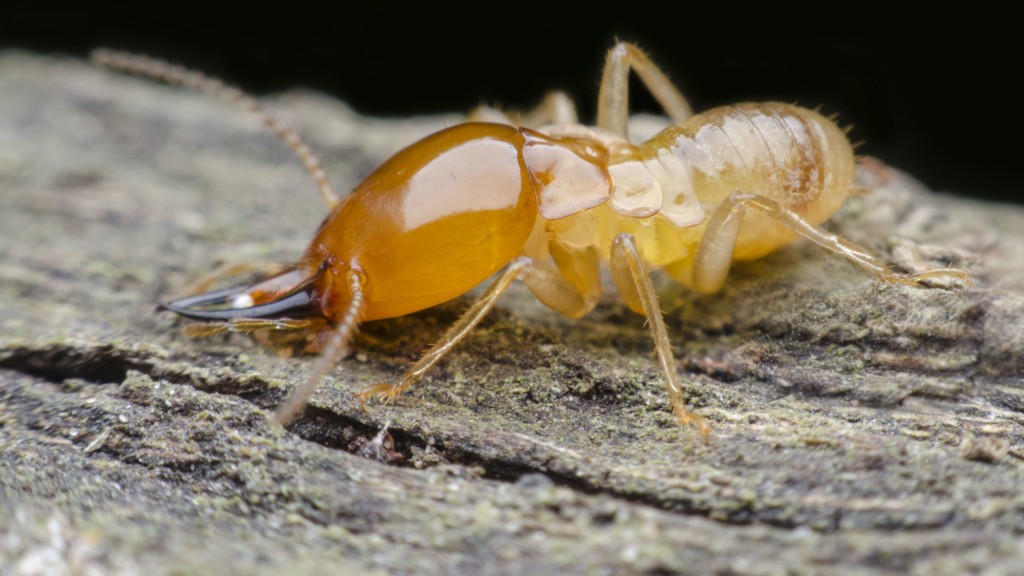
Every building should be inspected for pests before any form of pest control is considered. Here’s a checklist for when the professional exterminator is called to inspect your home. Discover more about the termite inspection services by visiting this website.
One of the first important areas the pest control representative is going to look at is entry points. This means checking out windows, pipes, vents, doors, attics, crawlspaces, and any other areas where pests, rodents, or even other insects enter the house. This includes areas like basements, underneath and behind sinks, under and around furniture, or in the corners of doors. These are just some of the many ways that these pests can enter your home. Find out more about this product now.
When inspecting for entry points, it’s important to make sure that no visible dirt or debris is present to prevent the pest control specialist from having to clear them away. This is especially critical if there’s an open basement. These pests can easily move through a basement and find themselves underneath the concrete or tiles. They can live for months in these dark, damp places. This is why it’s crucial to make sure nothing is present that could be a possible food source for them, especially during those cold winter months.
Another important area to check for is the inside of a room. If there are cracks, holes, or other issues in the walls or ceiling, they could be an entrance point for termites. This is because termites can enter a house through these cracks.
Once the pest control specialist has inspected for entry points and the problem areas, he or she will begin to work on the problem areas in order to rid the house of any possible pests. These may include removing wood furniture from the bedroom to the kitchen, moving carpets throughout the house, or even closing cracks or holes in the floor. By eliminating these possible sources of entry, the specialist will be able to keep those pesky pests from coming into your home.
An example of a termite inspection would be a whole house inspection. This would look at the ceiling and the foundation of a home, as well as the inside of the house. These two areas could have many different types of infestations.
The termite control specialist will then use an inspection kit to take samples from the house. The samples will then be sent to a laboratory. There, a technician will examine the samples and determine what type of termite control is necessary. This could be based on the information the samples reveal.
After the technician determines what is required, the final step will be to contact a company. A reputable pest control professional can make the process quick and easy for you. In no time, you’ll have a termite-free house. This post: https://www.britannica.com/animal/termite expounds more on the topic, so you may need to check it out.